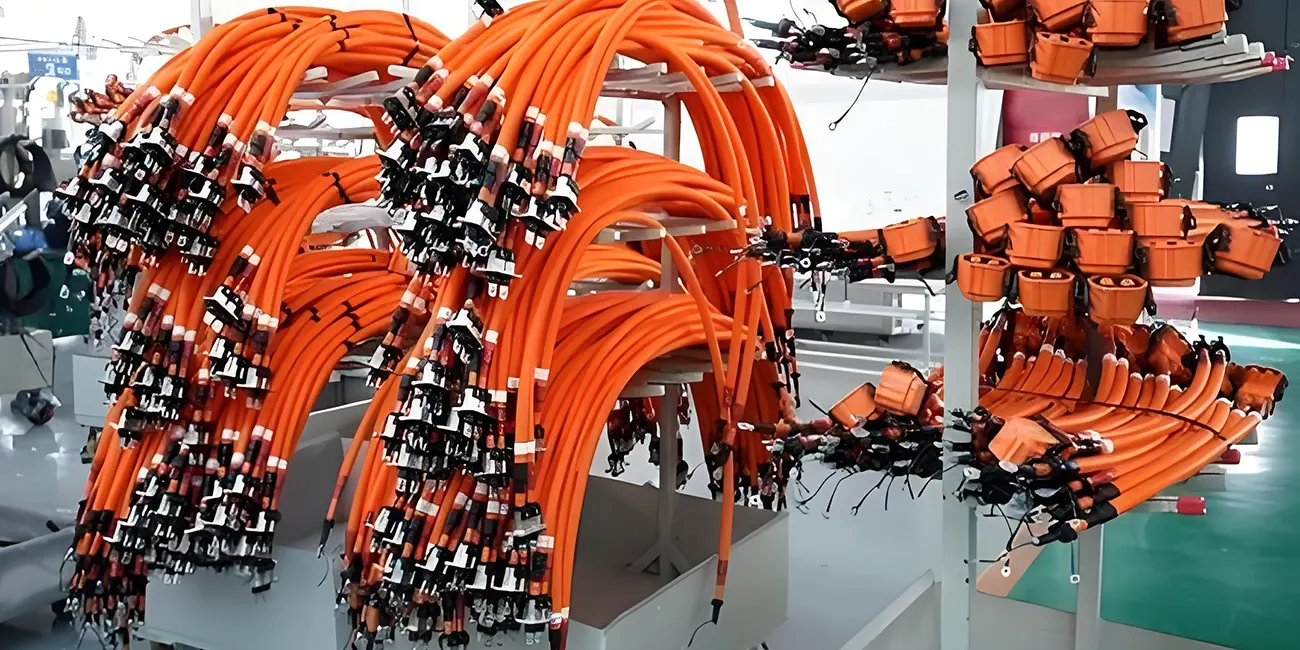
By quanyu lee
2024-12-26 05:47:39
High-Voltage Harnesses and Connectors
High-voltage harnesses and connectors are like the "electric highways" of electric vehicles. They consist of thick cables (harnesses) wrapped in special insulating materials and anti-electric shock plugs (connectors), which are specially designed to safely transmit high voltage electricity above 60 volts.
High-voltage harnesses and connectors are responsible for connecting important components such as batteries, motors, and charging ports. They do not generate sparks when large currents pass through them, ensuring stable and safe power transmission and preventing leakage. This is like installing a "vascular system" for electric vehicles.

There are mainly the following types of high-voltage connectors:
Ordinary high-voltage connector
Like a basic plug, it is specially used to connect high-voltage wires and is suitable for most common scenarios, such as wiring in distribution cabinets.
Anti-interference signal connector
Specially used to transmit data and signals, used in places where anti-interference is required, such as radar equipment or precision instruments.
Safety lock connector
With electronic safety device, it will automatically cut off the power when plugging and unplugging to prevent electric shock during operation. It is most commonly used on electric vehicles
Super power connector
The electric vehicle battery pack to the motor can withstand a starting current of 400A, which is equivalent to a "heavy truck" in the power system

Note: The specific selection includes voltage level (for example, 800V electric vehicle uses 1000V connector), current size and whether waterproofing is required.



